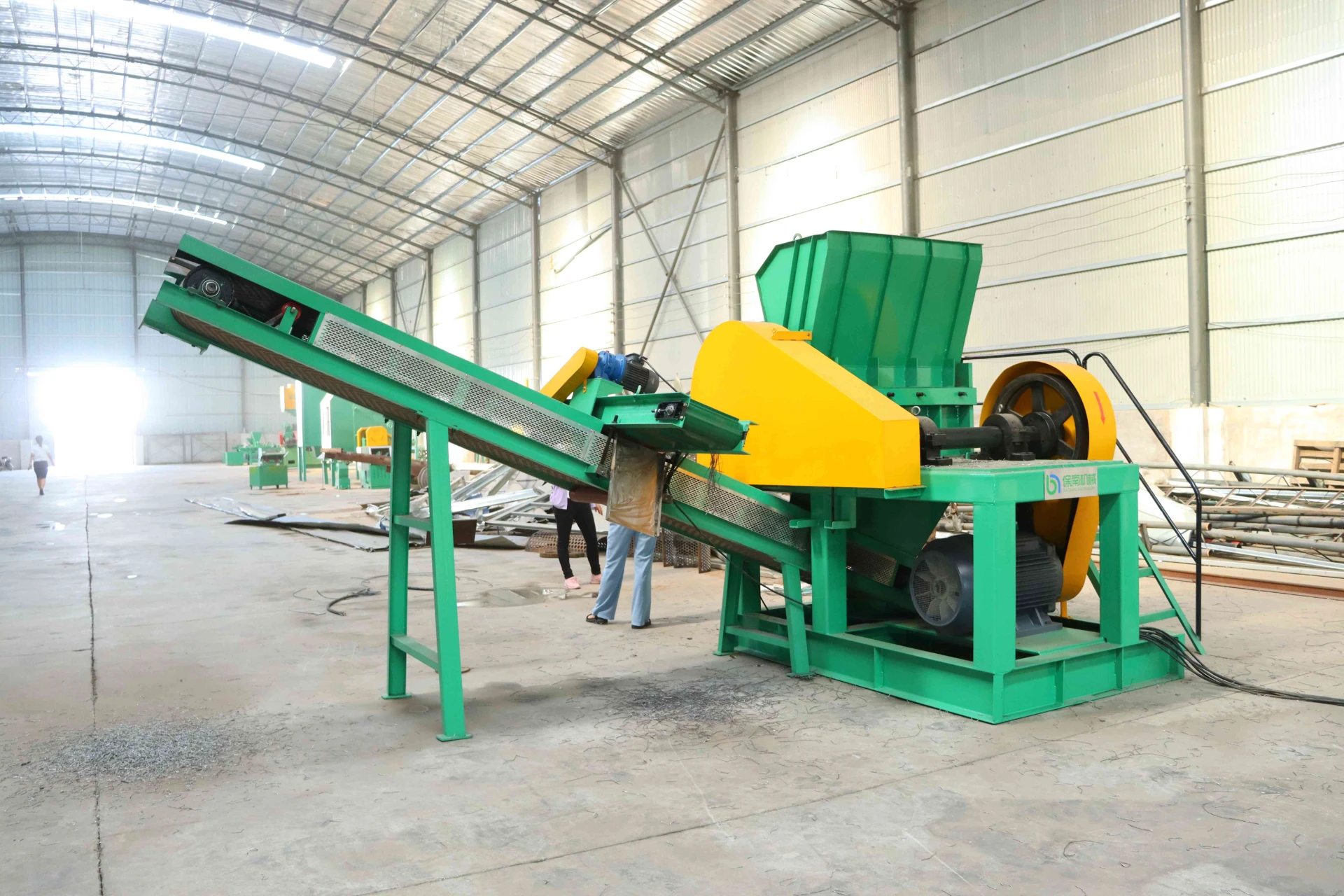

Oct . 19, 2024 03:13 Back to list
Understanding Single Shaft Shredders A Comprehensive Overview
Single shaft shredders have emerged as a crucial technology in the recycling and waste management industries. Known for their efficiency and versatility, these machines play a significant role in transforming large, solid materials into manageable sizes, making them easier to handle and recycle. This article explores the function, benefits, and applications of single shaft shredders, shedding light on their importance in today’s sustainable practices.
At the core of a single shaft shredder is its simple yet effective design. It consists of a rotating shaft with multiple blades or knives that cut through materials as they are fed into the machine. This shaft is usually powered by a powerful motor, which provides the necessary torque to slice through even the toughest of materials. The design typically includes a controlled feed system that ensures consistent processing of materials, which is vital for achieving uniform particle sizes.
One of the most significant advantages of single shaft shredders is their flexibility. They can handle a broad range of materials, including plastics, wood, rubber, metals, and even electronic waste. This capability makes them invaluable in various sectors, such as construction, manufacturing, and recycling. For instance, in the recycling industry, single shaft shredders are often used to process waste plastics into smaller granules, which can then be reused to manufacture new products.

Moreover, their compact design allows for easy installation and operation in facilities with limited space. Operators can often customize the blade configurations and cutting settings to accommodate specific material types and sizes, enhancing efficiency and ensuring optimal performance. This flexibility is particularly crucial for businesses dealing with diverse materials, as it minimizes downtime and maintenance.
Another benefit of single shaft shredders is their ability to reduce waste volume significantly. By breaking down materials into smaller pieces, they help increase the density of the output, which can lead to lower transportation costs and increased capacity for storage. This reduction is vital in efforts to minimize landfill waste and promote recycling initiatives, aligning with the global push towards sustainability.
In terms of safety and maintenance, single shaft shredders are designed with user safety in mind. Most modern models incorporate features such as emergency stops, safety guards, and advanced control systems to protect operators during use. Routine maintenance is relatively straightforward, often consisting of blade sharpening and machine cleaning, ensuring longevity and consistent performance.
In conclusion, single shaft shredders play an essential role in waste management and recycling. Their versatility, efficiency, and ability to minimize waste make them a vital investment for businesses seeking sustainable solutions. As industries continue to evolve towards more environmentally friendly practices, the importance of these machines will undoubtedly grow, proving them to be indispensable tools in the quest for a greener future.
Latest news
Troubleshooting Common Eddy Separator Problems
NewsJul.04,2025
The Role of Metal Recycling Plants in Circular Economy
NewsJul.04,2025
The Impact of Recycling Line Pickers on Waste Management Costs
NewsJul.04,2025
Safety Features Every Metal Shredder Should Have
NewsJul.04,2025
How Industrial Shredders Improve Waste Management Systems
NewsJul.04,2025
How Cable Granulators Contribute to Sustainable Recycling
NewsJul.04,2025